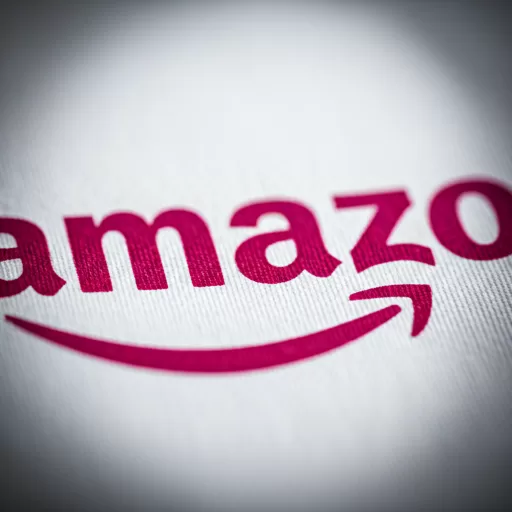Beauty and Skincare Insights: Top Amazon FAQs Answered
Amazon is a treasure trove for beauty and skincare enthusiasts, offering products for every need. However, shoppers often have pressing questions before making a purchase. This article answers some of the top Amazon beauty and skincare FAQs, helping you make informed decisions for your skincare routine.
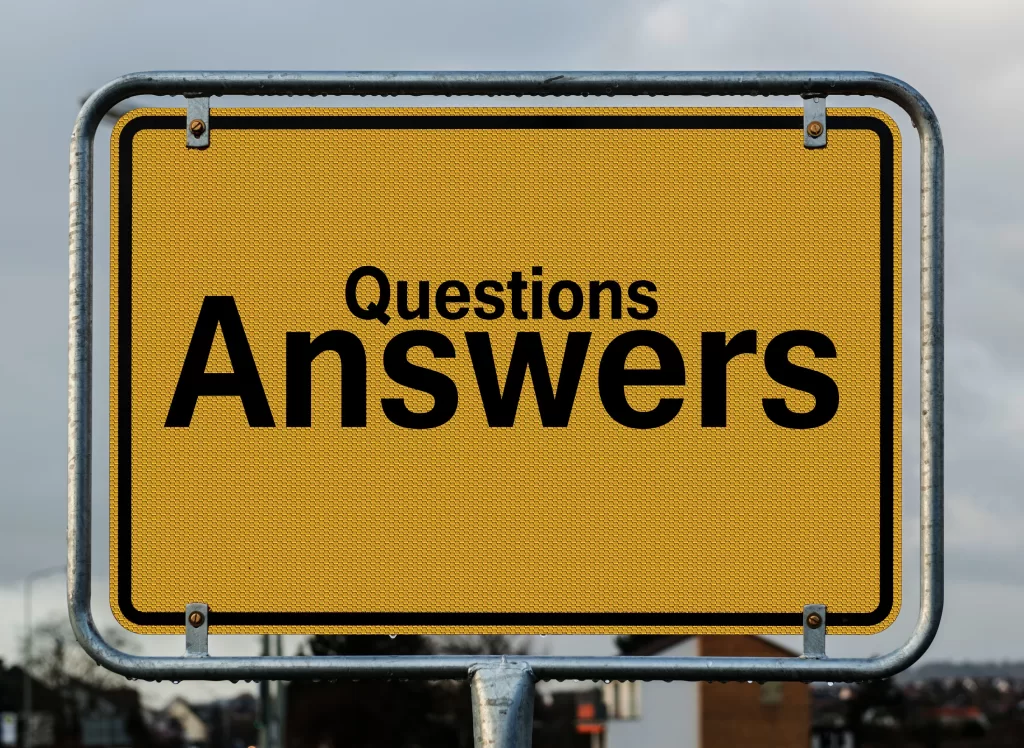
What are the Best Skincare Products on Amazon?
Amazon carries a wide variety of highly-rated skincare products, such as:
| Product Name | Best For | Key Benefits | Price Range |
|---|---|---|---|
| CeraVe Hydrating Cleanser | Dry Skin | Cleanses without stripping moisture | £18.40 + |
| The Ordinary Niacinamide Serum | Blemish-Prone Skin | Reduces redness, minimizes pores | £8.19 + |
| EltaMD UV Clear Broad-Spectrum SPF 46 | Sun Protection | Lightweight, non-comedogenic formula | £49.18 + |
| La Roche-Posay Effaclar Duo | Acne-Prone Skin | Treats blemishes and unclogs pores | £18.11 + |
| Neutrogena Hydro Boost Gel Cream | Dehydrated Skin | Hyaluronic acid boosts hydration | £8.60 + |
| Paula’s Choice Skin Perfecting 2% BHA Liquid Exfoliant | Oily or Acne-Prone Skin | Clears blackheads and smooths texture | £12.00 + |
| Aveeno Calm + Restore Oat Gel Moisturizer | Sensitive Skin | Soothes irritation, lightweight hydration | £7.12 + |
| Bioderma Sensibio H2O Micellar Water | Makeup Removal | Gentle cleansing for all skin types | £13.31 + |
| COSRX Advanced Snail 96 Mucin Power Essence | Repairing Skin | Hydrates, soothes, and improves elasticity | £17.88 + |
| Free & Clear Liquid Cleanser, 8 Ounce | Sensitive or Reactive Skin | Free of common irritants and fragrances |
Tips for Choosing the Right Product:
- Read reviews: Look for detailed feedback on skin type compatibility.
- Check ingredients: Ensure no allergens or irritants for your skin.
- Consult a dermatologist: If unsure, seek professional advice.
How Do I Choose Products for My Skin Type?
Knowing your skin type is crucial for selecting products. Here’s how to tailor your choices:
- Oily Skin: Look for oil-free or mattifying products.
- Dry Skin: Opt for hydrating creams and serums with hyaluronic acid.
- Sensitive Skin: Stick to fragrance-free and hypoallergenic options.
Pro Tip: Check the “Skin Type” section in the product description for guidance.
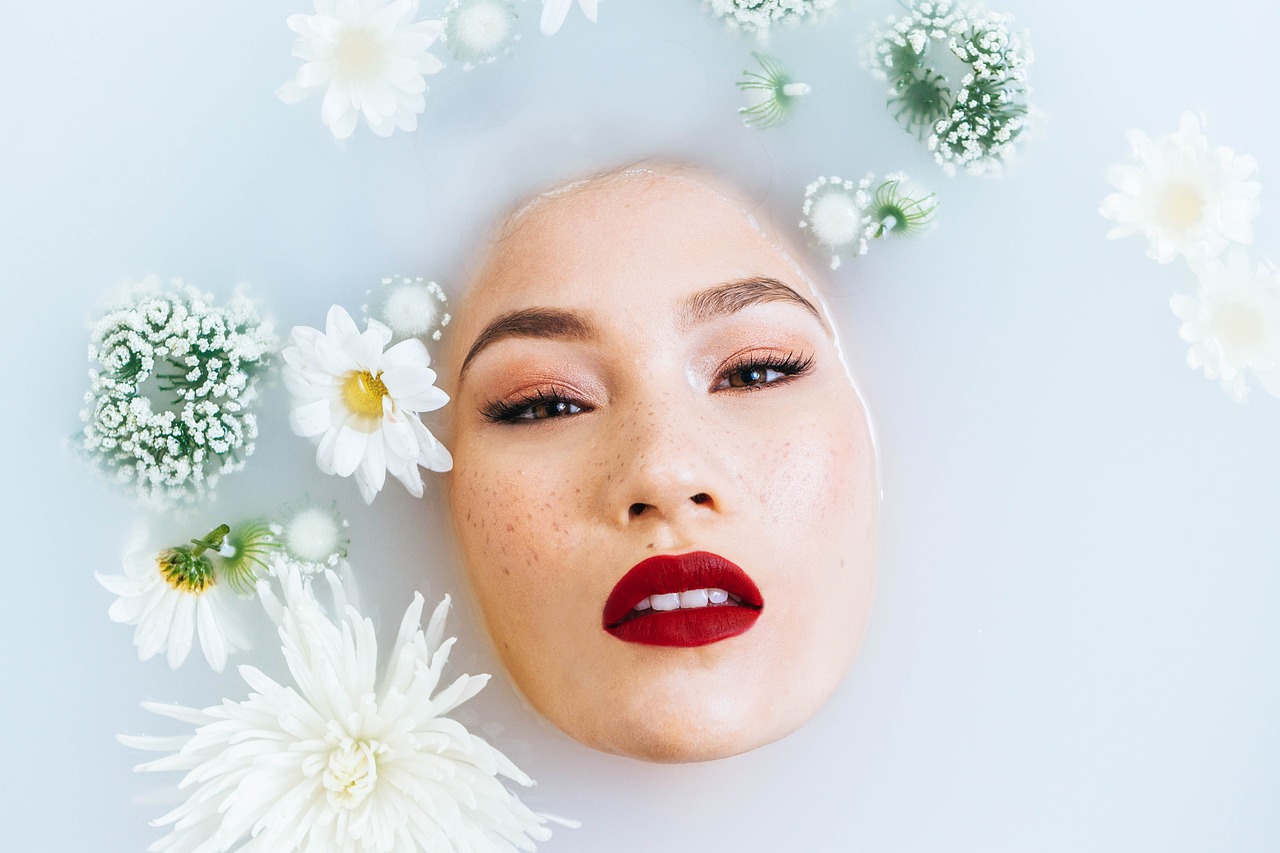
The Most-Asked Makeup Questions, Answered
We all want to look our best, but there can be so much confusion around makeup application! Here are answers to some of the most common makeup questions we get: The Most-Asked Makeup Questions, Answered Concealing Acne For a flawless foundation application over blemishes, try color correcting first. Use a green color corrector to neutralize…
Are Amazon Beauty Products Authentic?
Amazon employs several measures to ensure authenticity, including:
- Selling products directly via Amazon Verified Sellers.
- Offering Amazon’s Choice and Prime items for quality assurance.
However, always verify reviews, seller ratings, and look for “Fulfilled by Amazon” labels for added security.
What Are the Top Beauty Questions Answered on Amazon?
Here are some frequently asked beauty-related questions:
- How do I layer skincare products?
Start with the lightest product (e.g., toner) and move to heavier items (e.g., moisturizer). - Is sunscreen necessary indoors?
Yes, UVA rays can penetrate windows, so SPF is a must. - Can I mix serums?
Some serums can be layered, but avoid mixing actives like retinol with AHAs or BHAs.

Milk Skin Toner Light Instant Hydration with 4% Pore Tightening Vegan Toner for
How Do Sellers Manipulate Amazon’s Review and Product Listing Systems?
Amazon’s marketplace is vast and competitive, and some sellers resort to questionable tactics to maintain an edge. Understanding these tactics can help you become a more informed shopper. Here’s how some sellers manipulate Amazon’s systems:
Exploiting the Variation System
One common strategy involves abusing Amazon’s variation system. This feature is intended to let sellers offer different versions of a single product—like varying colors of the same device. However, some sellers add products as “variations” that are substantially different from the original, despite Amazon’s policy against this.
Why is this important?
- A product listing with many positive reviews (say, 4,000 with an average of 4.5 stars) can unfairly boost newer, less established items with poor or no reviews at all.
- Shoppers assume all variations share the overall positive feedback, potentially misleading their purchase decisions.
How to identify this?
- Look for listings with multiple variations. Scroll to See more reviews and use the All formats filter to check reviews for the specific variation you’re interested in.
Chasing the Best Seller Badge
Sellers are aware that earning the Best Seller badge can significantly increase a product’s visibility and perceived credibility. The trick? Listing multiple products—like phone cases for different models—under one umbrella listing. This action boosts the overall sales figures of the listing, making it easier to clinch the badge.
- The Best Seller badge applies to all products in the listing, even if only a fraction of them actually meet the criteria.
- This creates a feedback loop: the badge increases visibility, which boosts sales, potentially perpetuating this cycle.
Misclassification of Products
Another subtle tactic involves placing items in the wrong category. By listing products in less competitive, niche categories (such as putting common phone cases in a specialized category like Crossbody & Lanyard Cases), sellers can secure the Best Seller badge more easily due to lower sales thresholds.
- Misclassification benefits sellers since it’s easier to be a top performer in a category with less competition.
- It skews genuine consumer choice as top-ranked items might not fit the category accurately.
By recognizing these tactics, you’ll be better equipped to navigate Amazon’s listings, ensuring that you make more informed purchasing decisions. Always delve deeper into reviews and scrutinize product categories to verify the credibility of a listing.
Are There Affordable Alternatives to Luxury Skincare?
Yes, here are some Amazon finds that rival high-end brands:
- CeraVe Moisturizing Cream as an alternative to luxury moisturizers.
- Maybelline Fit Me Foundation for a budget-friendly flawless finish.
- Revlon One-Step Hair Dryer to mimic salon-style blowouts at home.
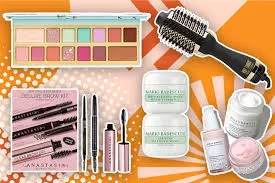
Budget Skincare Secrets: Where to Find the Best Deals!
Unlock budget skincare secrets to maintain glowing, healthy skin without overspending. In today’s beauty world, having glowing skin doesn’t have to mean spending a fortune. Many affordable skincare products can deliver impressive results without sacrificing quality. If you’re looking for ways to care for your skin on a budget, this guide is here to help!…
How Can I Identify Fake Reviews?
Fake reviews can mislead you into purchasing subpar products, but with the right strategies, you can identify them and make informed decisions. Here’s a detailed guide to help you spot fake reviews and verify product authenticity:
1. Recognize Common Signs of Fake Reviews
- Overly Generic Phrases:
Be wary of reviews that use vague, repetitive language like “Great product!” or “Amazing!” without providing specific details about the product’s features, performance, or usability. - Identical Wording:
If multiple reviews use the exact same wording or phrasing, it’s a red flag. Fake reviews are often copied and pasted across multiple accounts. - Extreme Ratings with No Middle Ground:
Products with only 5-star or 1-star ratings and no moderate reviews (2–4 stars) may indicate manipulation. Genuine products typically have a mix of ratings reflecting varied customer experiences. - Overly Positive or Negative Tone:
Reviews that are excessively glowing or overly critical without balanced reasoning can be suspicious. Genuine reviews often include both pros and cons. - Sudden Spikes in Reviews:
A sudden influx of reviews within a short time frame, especially for a new product, may suggest coordinated fake reviews.
2. Use Tools to Analyze Reviews
- Fakespot:
Fakespot is a powerful tool that analyzes reviews for authenticity. Simply paste the product’s URL into Fakespot, and it will provide a grade (A–F) based on the likelihood of fake reviews. It also highlights suspicious patterns and filters out unreliable reviews. - ReviewMeta:
ReviewMeta is another tool that evaluates reviews by checking for anomalies like repetitive language, unusual rating distributions, and reviewer behavior. It provides an adjusted rating to help you gauge the product’s true quality. - Browser Extensions:
Install browser extensions like Fakespot or ReviewMeta to automatically analyze reviews while shopping on platforms like Amazon.
3. Cross-Verify Reviews Across Platforms
- Check Multiple Retailers:
Compare reviews for the same product across different websites. If a product has overwhelmingly positive reviews on one site but mixed or negative reviews elsewhere, it could indicate fake reviews. - Look for Verified Purchases:
Prioritize reviews from verified buyers, as these are more likely to be genuine. Most platforms label verified purchases to help you identify them. - Explore Social Media and Forums:
Search for the product on social media platforms, forums, or Reddit. Real users often share their experiences and opinions in these spaces, providing additional insights.
4. Analyze Reviewer Profiles
- Check Reviewer History:
Look at the reviewer’s profile to see if they have a history of leaving reviews. If they’ve only reviewed one product or consistently leave overly positive reviews, they may not be credible. - Look for Diverse Reviews:
Genuine reviewers typically leave feedback for a variety of products across different categories. If a reviewer only focuses on one type of product, it could be a sign of a fake account.
5. Trust Your Instincts
If something feels off about a product’s reviews, trust your gut. Look for products with detailed, balanced reviews that provide specific information about the product’s performance, pros, and cons.
By following these strategies and using tools like Fakespot and ReviewMeta, you can confidently navigate online reviews and make smarter purchasing decisions. Don’t let fake reviews deceive you—take the time to verify and analyze before you buy!
Conclusion
While none of these indicators are foolproof, multiple warning signs can suggest a potential issue. By using a combination of these strategies, you can make more informed decisions and reduce the impact of deceptive reviews.
Amazon’s Battle Against Fake Reviews: An Overview
To maintain the integrity of its platform, Amazon is in a relentless fight against fake reviews. This challenge is highlighted by a quick search for “buy Amazon reviews,” showcasing the persistent issue. Here’s how Amazon tackles this problem:
Removal and Bans
Amazon is proactive in removing suspicious reviews. This includes banning sellers caught engaging in prohibited activities, like offering incentives for positive feedback. Such actions underscore Amazon’s commitment to weeding out inauthentic reviews from its platform.
Verified Purchase Badge
The Verified Purchase badge is another tool in Amazon’s arsenal. It signals that the reviewer has legitimately bought the product, though some groups attempt to manipulate this badge through refunds. To combat similar fraud, Amazon keeps a close watch on such deceptive strategies that aim to falsely enhance review credibility.
The Vine Program
Amazon’s Vine Program enlists trusted reviewers, chosen for their insightful contributions, to receive products for honest reviews. These reviews are clearly labeled and often include detailed insights and photos. While the program holds reviews to high standards of trustworthiness, it has faced scrutiny. Reviewers get products for free, though they are not to resell them, and participants pay a fee to join.
Fraud-Detecting Artificial Intelligence
A significant advancement in Amazon’s strategy is the use of AI to identify fake reviews. The AI scrupulously examines users’ review history and patterns, evaluating relationships with sellers and detecting any anomalous activities. This technology enables Amazon to continually enhance its ability to pinpoint and address dubious reviews.
Amazon’s comprehensive approach combines human oversight, verified systems, ethical review programs, and sophisticated AI to protect the authenticity of online reviews, maintaining trust with its customers.
How Artificial Intelligence Is Combating Fake Reviews on Amazon
Artificial intelligence plays a crucial role in the ongoing battle against fake reviews on Amazon. This advanced technology meticulously analyzes various elements to spot fraudulent activity.
Detailed Investigations
AI systems delve into the history of reviewers, scrutinizing patterns in their review submissions. By examining sign-in data and connections with other online accounts, the technology can identify suspicious relationships, particularly those linked to product sellers who might benefit from fabricated reviews.
Enhanced Scrutiny
These AI tools aren’t just surface-level monitors. They utilize complex algorithms to evaluate the authenticity of each review, looking beyond simple text analysis to include metadata such as timestamps and the geography of reviewer accounts. This holistic approach helps in accurately distinguishing genuine feedback from deceptive entries.
The Two-Edged Nature of AI
While AI significantly strengthens the fight against misleading reviews, it also presents challenges. As it becomes more sophisticated, those attempting to manipulate reviews find new ways to circumvent detection, making this a continuous cat-and-mouse game.
In essence, artificial intelligence not only aids in detecting fake reviews but also evolves alongside the tactics used by fraudulent actors, ensuring a dynamic defense system is always in place.
Understanding Amazon’s Vine Program
How the Vine Program Operates
Amazon’s Vine Program is a strategic initiative designed to enhance product reviews on their platform. The process starts with Amazon selecting individuals it deems its “most insightful reviewers.” These handpicked reviewers are then given the opportunity to request free products from a wide array of participating brands. In return, they are expected to provide honest and comprehensive feedback on these items.
To ensure authenticity, Vine reviewers are encouraged to remain unbiased, irrespective of whether their impressions are positive or negative. This means that sellers must have strong confidence in the quality of their offerings if they choose to engage with the program. The reviews produced are distinctly labeled, often more detailed, and frequently include supplementary photos.
Potential Issues with the Vine Program
Despite its intentions to maintain integrity, the Vine Program has faced criticism on several fronts. One major concern is that reviewers receive products for free, which could influence their impartiality, even unintentionally. While Vine participants are forbidden from receiving payments or redistributing these products, the enforcement of such rules is not well-explained or visibly stringent.
Moreover, the program requires vendors to pay an enrollment fee per product, which can lead some less scrupulous sellers to seek loopholes. In some cases, they might offer additional incentives to Vine reviewers in hopes of receiving favorable evaluations. Such practices undermine the program’s credibility and can distort perceived trustworthiness.
In summary, while the Vine Program aims to bolster authenticity through thorough reviews, its effectiveness is potentially undermined by enforcement gaps and the risk of manipulation by dishonest participants.
Understanding the Prevalence of Fake Reviews on Ecommerce Platforms
Fake reviews are a significant concern for online shoppers. Studies indicate that a notable percentage of reviews, especially within consumer electronics, may be deceptive. It’s estimated that anywhere from 11% to 15% of these reviews could be fabricated or manipulated.
These counterfeit reviews often take the form of glowing five-star ratings. Their primary purpose is to artificially enhance a product’s ranking by overwhelming the system with positive feedback. However, not all deceptive reviews are overtly positive. Some are written with a veneer of credibility, delving into specifics, including photos, and mixing both positive and negative observations. This nuanced approach, such as giving a four-star rating, can be particularly persuasive.
It’s not just about boosting products, though. Some vendors use fake reviews to undermine competitors. These are typically scathing one-star evaluations that highlight flaws in one product while subtly recommending another, steering potential buyers in the desired direction.
This issue isn’t confined to one platform. Major outlets like Amazon, Walmart, and Target face similar challenges. In fact, the Federal Trade Commission has alerted over 700 companies about potential penalties for review manipulation. Understanding these tactics is essential to navigate online shopping securely and discern genuine feedback from the fabricated variety.
How Sellers Manipulate Reviews on Amazon
In the online marketplace, sellers often resort to various tactics to unethically boost their product ratings, making fake reviews a widespread issue. Here’s how they do it:
- Buying Fake Reviews: There are companies, often based overseas, that sell blocks of positive reviews. Sellers purchase these to artificially enhance their product ratings.
- Social Media Collaborations: Groups on social media organize teams of reviewers who are compensated with cash or free products to leave glowing reviews. This orchestrated effort helps sellers inflate their product ratings.
- Incentives for Positive Feedback: To persuade actual buyers to leave favorable reviews, companies might offer incentives such as discounts, refunds, or other rewards. These incentives can be tempting enough for buyers to alter their genuine feedback.
Manipulation of Product Variations:
- Sellers exploit Amazon’s product variation system, which is meant for different versions of the same product, such as color variants. By adding unrelated or poorly-rated items as variations under a highly-rated product, sellers create an illusion of uniformly positive feedback.
- Example: A seller might list a new product that has yet to gain any reviews alongside a popular item with thousands of ratings. At a glance, potential customers only see the aggregate high ratings, potentially misleading them about the new item’s actual quality.
- Achieving Best Seller Status: By abusing product variation tactics, sellers can accumulate sales totals across different, sometimes unrelated, items to qualify for the “Best Seller” badge. This creates a feedback loop of increased visibility and sales.
- Category Mislisting: Sellers may also list products in less competitive categories to more easily secure the “Best Seller” badge, even if the product doesn’t belong in that category. This is rampant in areas like mobile accessories, where cases are often mis-filed under less crowded subcategories.
These strategies can significantly distort the marketplace, making it challenging for consumers to trust reviews and find genuinely quality products. Always scrutinize reviews closely, especially by filtering through variations and categories, to ensure you’re getting a true sense of the product’s reputation.
Beauty Skincare FAQs:
Conclusion
Navigating Amazon’s beauty and skincare offerings can feel overwhelming, but with these insights, you’ll shop smarter and choose better. Whether you’re seeking expert-recommended products or budget-friendly dupes, Amazon has something for everyone.
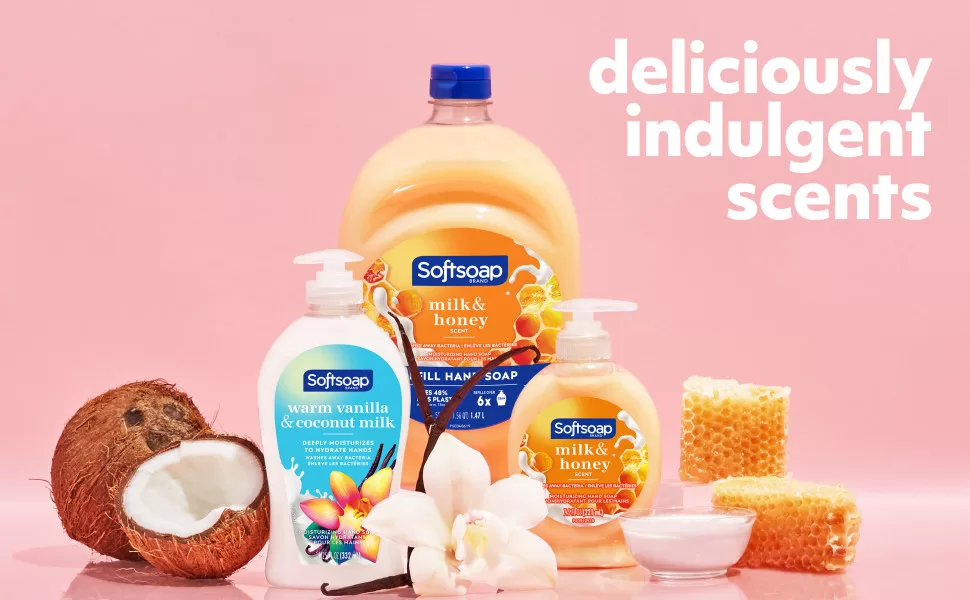
Explore Unbeatable Offers on Personal Care at Amazon
Personal care is more than a routine—it’s an essential investment in well-being. With Personal Care Amazon Deals on products, there’s never been a better time to unlock incredible deals on everything from scientifically-backed skincare to dermatologist-approved haircare. This guide will reveal top Amazon deals to elevate your daily self-care routine, featuring clinically-tested products that support…
Beauty Skincare FAQs
Q: Can I trust third-party sellers on Amazon for skincare products?
A: Yes, but stick to verified sellers or products fulfilled by Amazon to avoid counterfeit items.
Q: How do I check if a product is suitable for sensitive skin?
A: Look for labels such as “hypoallergenic” or “dermatologist-tested” and read ingredient lists for potential irritants.
Q: What is the return policy for beauty products on Amazon?
A: Amazon allows returns for most beauty products within 30 days, but verify with the specific seller.
Q: Are natural and organic beauty products on Amazon effective?
A: Many natural products are effective, but always check reviews and ensure they suit your skin type.
Q: How can I save on beauty products on Amazon?
A: Watch for sales like Prime Day, subscribe to auto-deliveries for discounts, and check Amazon Coupons for extra savings.
Beauty Skincare FAQs
External Links

Explore more articles like this @ Where And How Resources
If you found this article helpful, don’t forget to share it with your friends and followers!

